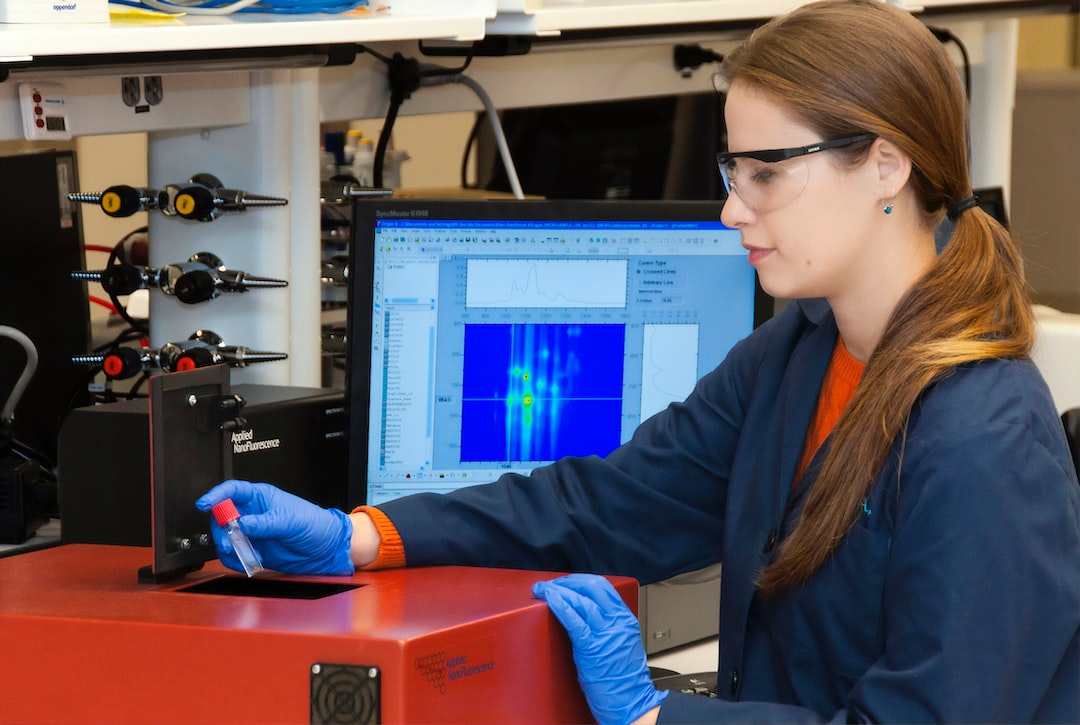Augmented reality (AR) technology has been around for a while now, but it’s only recently that it’s begun to really take off in the manufacturing industry. With everything from car production to the use of CNC machines, many manufacturers are starting to see the benefits of using AR technology to streamline their workflows. In this post, I’ll go over some of the ways AR technology can be used in manufacturing processes and how it’s already being put to use in factories around the world.
At its core, AR technology allows users to overlay digital information onto the real world. This can be done in a variety of ways, but usually involves the use of a mobile device or headset equipped with a camera and other sensors. In the case of manufacturing, this technology can be used to give workers augmented views of their work environments, as well as displaying digital instructions, diagrams, and other information that can help them do their jobs more effectively.
One of the main benefits of using AR in manufacturing is that it can help workers be more productive. Traditional methods of instruction often require workers to look at manuals or computer screens, which can be difficult to do when working with heavy machinery or in complex environments. By using AR technology, workers can have all of the information they need right in front of them, allowing them to quickly access and act on the information they need to get their jobs done.
In addition to reducing the time and effort required to access information, AR technology can also help workers be more precise in their work. By overlaying instructions onto the real world, manufacturers can ensure that workers are following the correct procedures, reducing the likelihood of costly mistakes or errors. This can be particularly useful in areas like welding or assembly where precision is crucial to the safety and quality of the finished product.
Another way AR technology can be used in manufacturing is by facilitating remote collaboration. By using AR-enabled headsets, workers can connect with experts in other locations and get real-time guidance and feedback on their work. This can be particularly useful in situations where workers need to troubleshoot complex problems or where a senior expert is required to approve work before it can move forward.
Finally, AR technology can also be used to improve safety in the workplace. By giving workers augmented views of their surroundings, manufacturers can help them stay aware of potential hazards and avoid accidents. This can include everything from warning workers of incoming machinery to highlighting areas where protective equipment is required.
In conclusion, AR technology is already being used in many manufacturing environments to streamline workflows, increase productivity and improve safety. As the technology continues to evolve, we can expect to see even more applications of AR technology in the manufacturing process, helping workers to be more efficient and accurate in their work and ensuring that manufacturing processes continue to evolve at a rapid pace.

